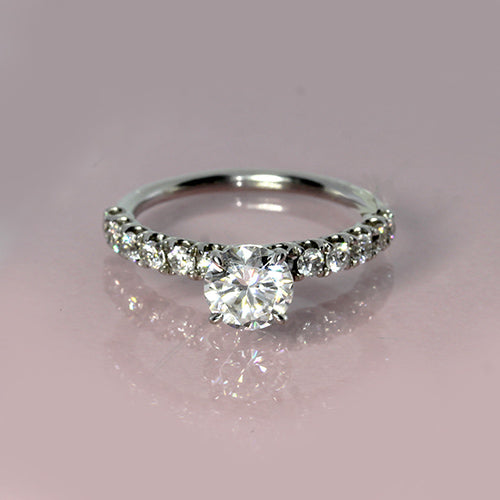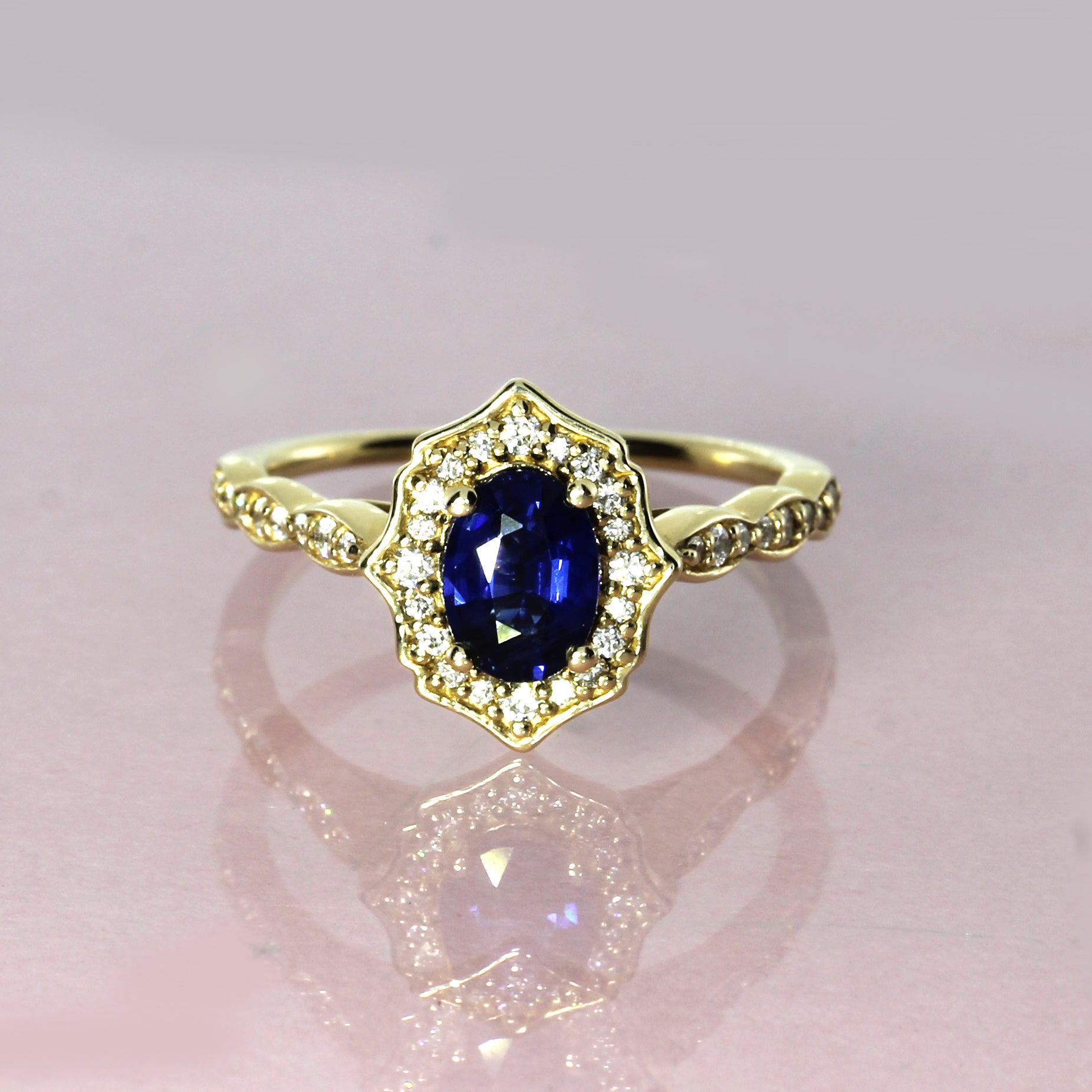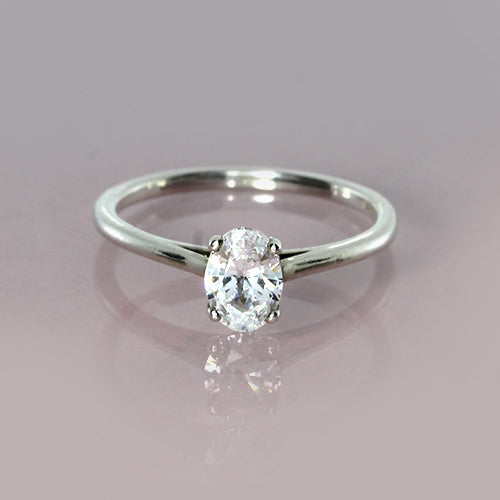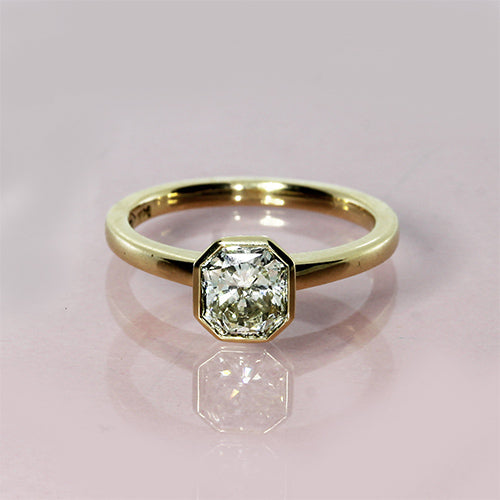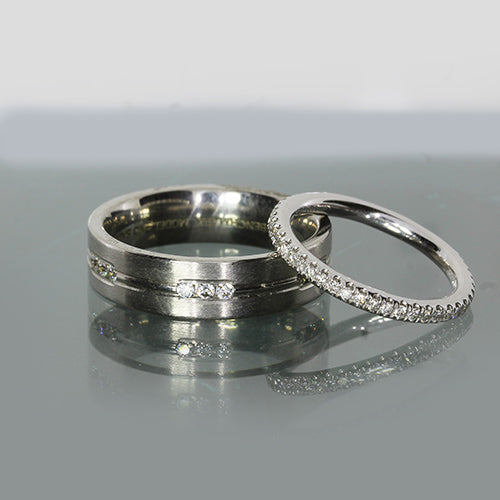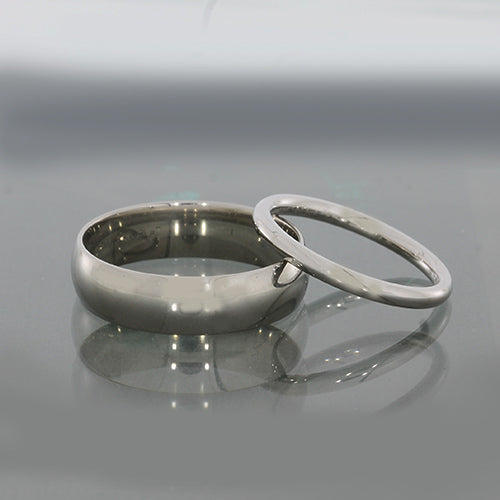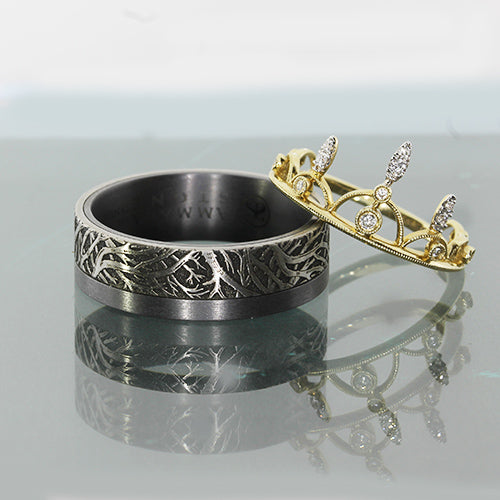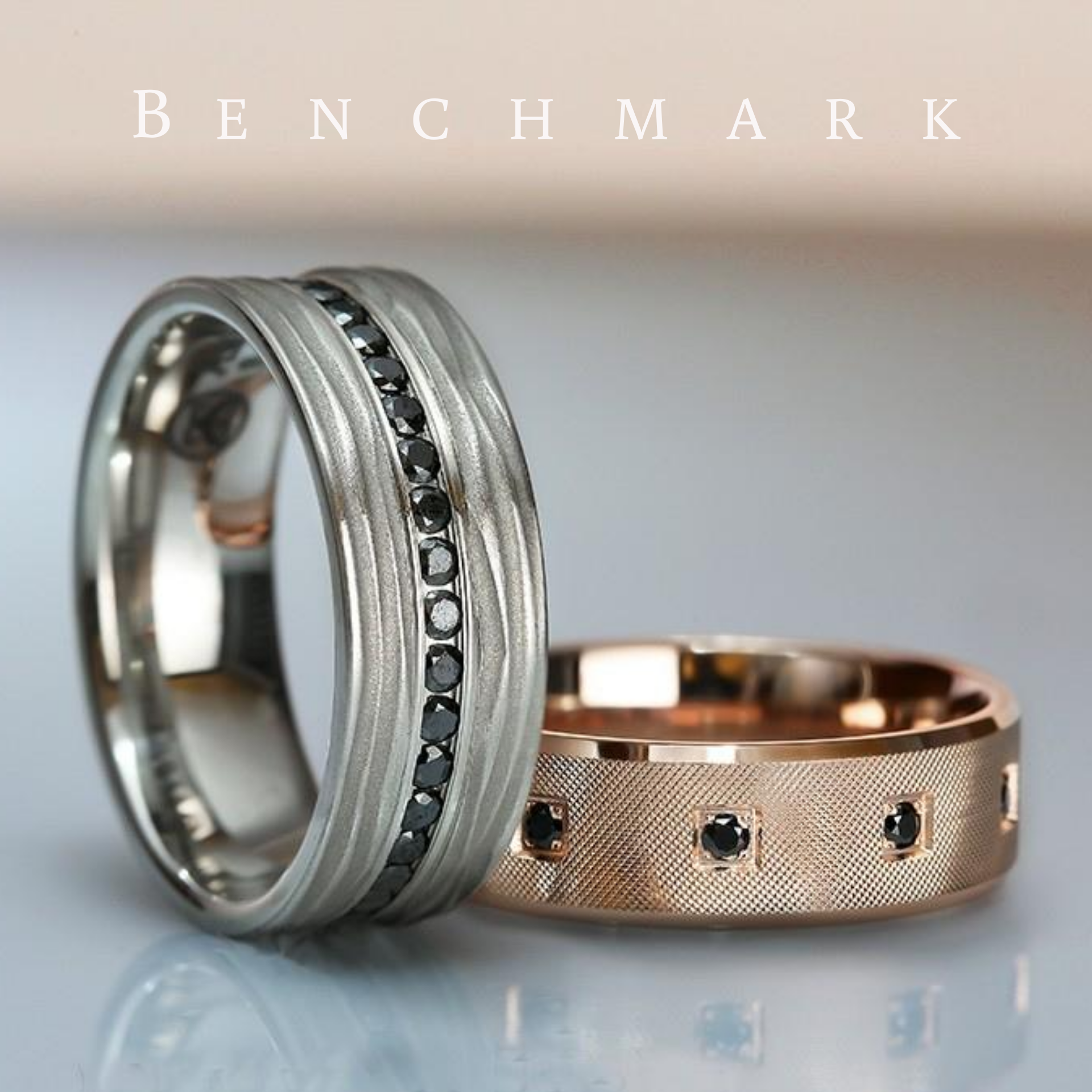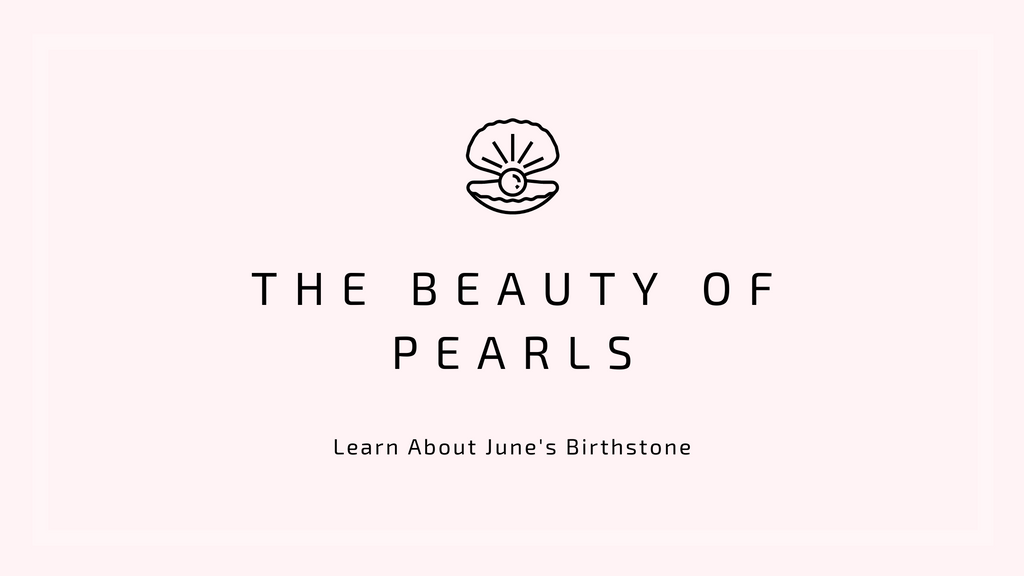Pearls are miracles of nature - organic material worn as jewelry for many centuries. From ancient Indian royalty, to modern men wearing pearls on today’s red carpets. Pearls have proven to be truly a timeless accessory. Prized for their rarity, color, luster, nacre and unique shapes. This beautiful and versatile organic bead can be incorporated in jewelry in a variety of stand-out ways.
We at True Bijoux obviously adore pearls - we carry them in all shapes, sizes, and prices. Our sterling silver, fine, and pre-loved jewelry collections all feature unique pearl pieces. In this blog we’re going to summarize how pearls are formed and their rich history. After all, a pearl’s journey from birth to a piece of jewelry is a long one that should be appreciated!
Pearls are formed in two ways: naturally and cultured. Both formations are fascinating. Natural pearls form in the soft bodies of certain mollusks (oysters, mussels, or clams). When an irritant (usually a parasite of some kind) works its way into the inner tissue, the mollusk coats the irritant with layers of nacre as a defense mechanism. Voila, a pearl is formed. Thanks, irritants!
Wild pearls eventually became such a rarity that science intervened. Cultured pearls undergo the same process as natural pearls, but with a little help from pearl farmers. Instead of an irritant naturally finding its way into the mollusk, it is surgically implanted with a bead or tissue that will be coated with nacre. Typically, the longer the pearl forms, the thicker the layer of nacre will be, resulting in a high quality scratch-resistant pearls.
The finest quality of pearls have been valued as gemstones and objects of beauty since ancient times. Like other precious materials, they were often worn as symbols of wealth and status. It’s hard to trace the origin of pearl adornment, however a Chinese historian recorded the oldest written mention of natural pearls as early as 2206 BC.
Centuries progressed, and the desire for pearls remained strong; members of royal families as well as wealthy citizens in Asia, Europe, and beyond treasured natural pearls and passed them from generation to generation. History is brimming with stories, paintings, and photographs of people in pearls!
Today, most pearls on the market are farmed. Natural pearls sources have declined due to over fishing, pearl culturing, oil drilling, etc. Few people outside the gem industry truly treasure the journey and history of pearls! They come in such a variety of colors and shapes. Solitaire pearl ring? A dainty pair of pearl studs? A chunky, baroque pearl pendant… organic materials give us so much to work with! We have decided to show our sterling silver collection some love and have added one of a kind pearl pieces. Click here to check it out. Now next time you see a pearl necklace, think about the journey each of those little orbs have taken.
Wild pearls eventually became such a rarity that science intervened. Cultured pearls undergo the same process as natural pearls, but with a little help from pearl farmers. Instead of an irritant naturally finding its way into the mollusk, it is surgically implanted with a bead or tissue that will be coated with nacre. Typically, the longer the pearl forms, the thicker the layer of nacre will be, resulting in a high quality scratch-resistant pearls.
The finest quality of pearls have been valued as gemstones and objects of beauty since ancient times. Like other precious materials, they were often worn as symbols of wealth and status. It’s hard to trace the origin of pearl adornment, however a Chinese historian recorded the oldest written mention of natural pearls as early as 2206 BC.
Centuries progressed, and the desire for pearls remained strong; members of royal families as well as wealthy citizens in Asia, Europe, and beyond treasured natural pearls and passed them from generation to generation. History is brimming with stories, paintings, and photographs of people in pearls!
Today, most pearls on the market are farmed. Natural pearls sources have declined due to over fishing, pearl culturing, oil drilling, etc. Few people outside the gem industry truly treasure the journey and history of pearls! They come in such a variety of colors and shapes. Solitaire pearl ring? A dainty pair of pearl studs? A chunky, baroque pearl pendant… organic materials give us so much to work with! We have decided to show our sterling silver collection some love and have added one of a kind pearl pieces. Click here to check it out. Now next time you see a pearl necklace, think about the journey each of those little orbs have taken.
Sources:
https://www.gia.edu/pearl
https://www.gia.edu/pearl-history-lore
https://www.gia.edu/pearl
https://www.gia.edu/pearl-history-lore


